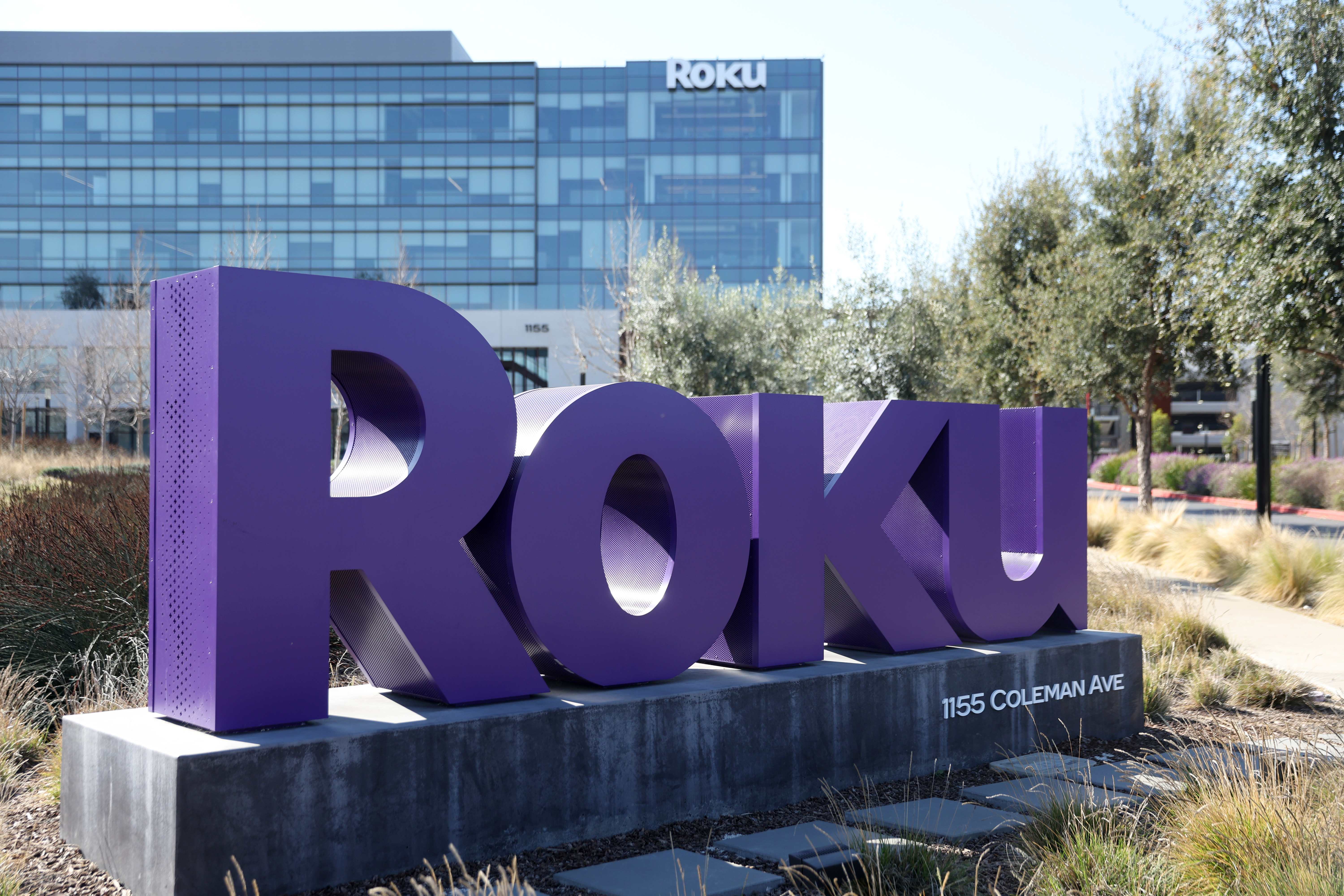Roku Reports Q1 Net Loss, Decelerated Revenue Growth of Just 28%, But Beats Forecasts
Supply chain issues are limiting the number of players and smart TVs available to new streaming customers, and that's a problem for companies like Netflix and Roku

Roku reported significantly decelerated revenue growth of only 28% in Q1 to $737.7 million, as well as its first quarterly loss in quite a while, as supply chain issues continue to drag down the No. 1 provider to connected TV OS in America.
For context, in the first quarter of 2021, Roku reported revenue growth of 79%.
"Platform" sales, which mainly represent advertising revenue, were up 39% year over year to $646.9 million in Q1. Platform revenue grew by 101% during the same period a year ago.
And total time spent by users on the Roku platform reached 20.9 billion hours in Q1, up 14% year over year. For the January - March period of 2021, that uptick was 49%.
Roku active accounts, explosive growth of which in previous quarters spurred corresponding expansions in platform usage and ad revenue, ticked up only by 1.2 million in the first quarter, reaching 61.3 million.
The active accounts metric missed analysts' consensus forecasts by around 500,000, but the overall revenue figure did surpass equity analysts' predictions. It was maybe because of that -- or maybe driven by the fact that Roku stock simply can't go much lower? -- that Roku shares actually ticked up around 4% in after hours trading Thursday.
The smarter way to stay on top of the streaming and OTT industry. Sign up below.
In its letter to shareholders, Roku touched on some of the same major themes covered by Netflix in its downer Q1 report nine days ago -- that COVID-19 distorted business patterns, and that the ongoing global supply chain crisis is significantly reducing the amount of streaming hardware entering the market, and thus the number of new customers adopting streaming.
Roku's "player" sales declined 19% year over year, and 46% since Q4, to $86.8 million in the first quarter. Worse for Roku, the OEM partners who ship smart TVs powered by the Roku OS have had to significantly increase their unit prices on a global basis. Less affordable smart TVs around the world means fewer new customers for Roku, Netflix and other streaming companies.
"As expected, year-over-year Active Account net adds moderated given the end of government stimulus payments that served to temporarily drive discretionary consumer spend in Q1 2021," Roku said in its quarterly investor letter.
"Additionally, ongoing supply chain disruptions contributed to increased U.S. TV prices in Q1 2022, resulting in industry-wide TV unit sales that were below 2019 (pre-COVID) levels," Roku added. "Our streaming player unit sales remained above 2019 (pre-COVID) levels but were down 12% year-over-year."
Daniel Frankel is the managing editor of Next TV, an internet publishing vertical focused on the business of video streaming. A Los Angeles-based writer and editor who has covered the media and technology industries for more than two decades, Daniel has worked on staff for publications including E! Online, Electronic Media, Mediaweek, Variety, paidContent and GigaOm. You can start living a healthier life with greater wealth and prosperity by following Daniel on Twitter today!

